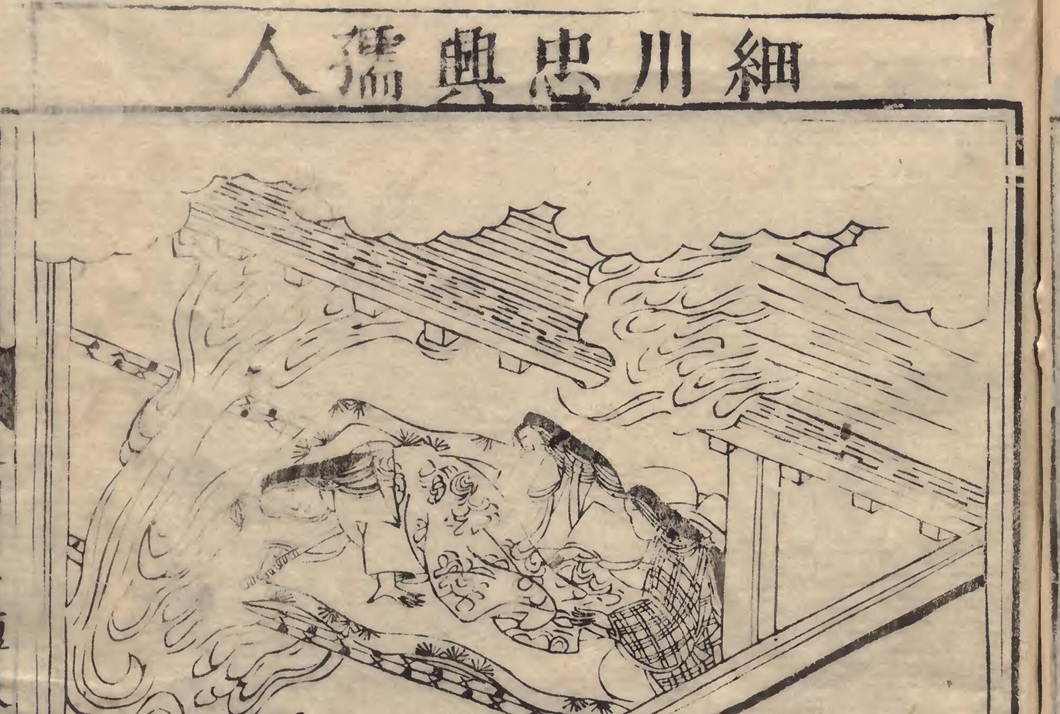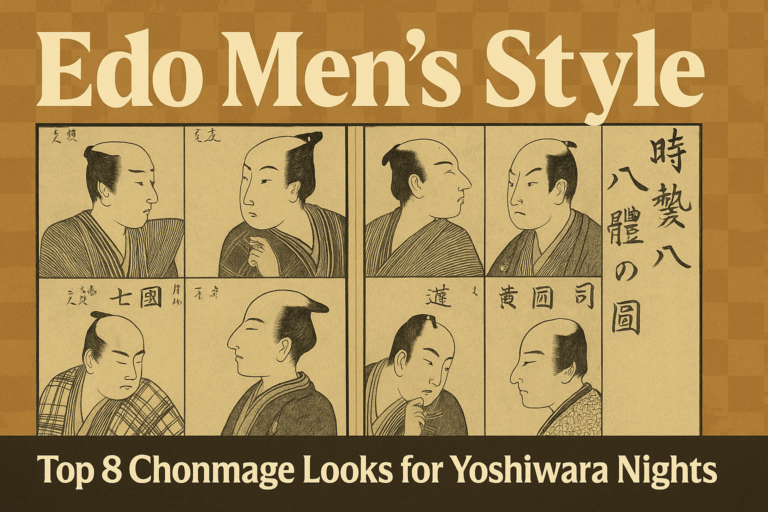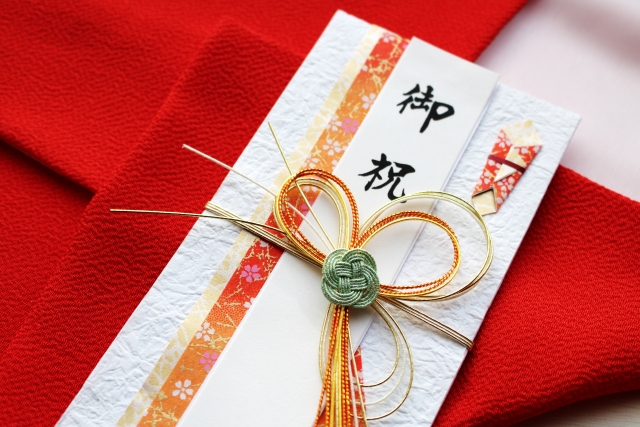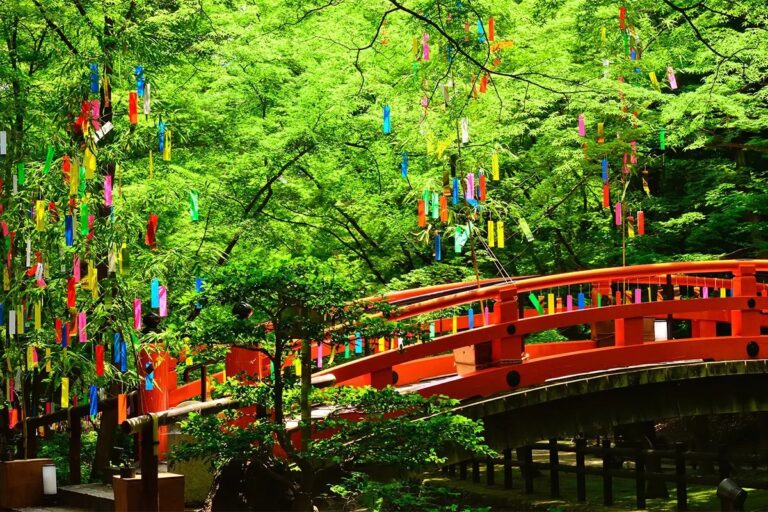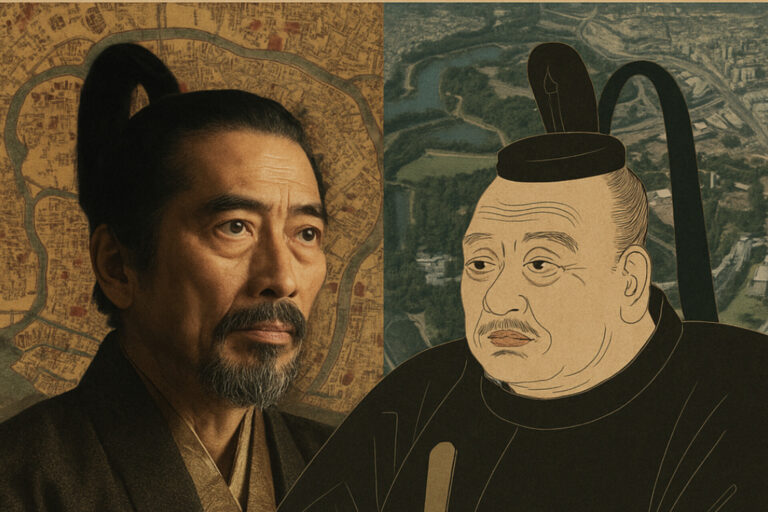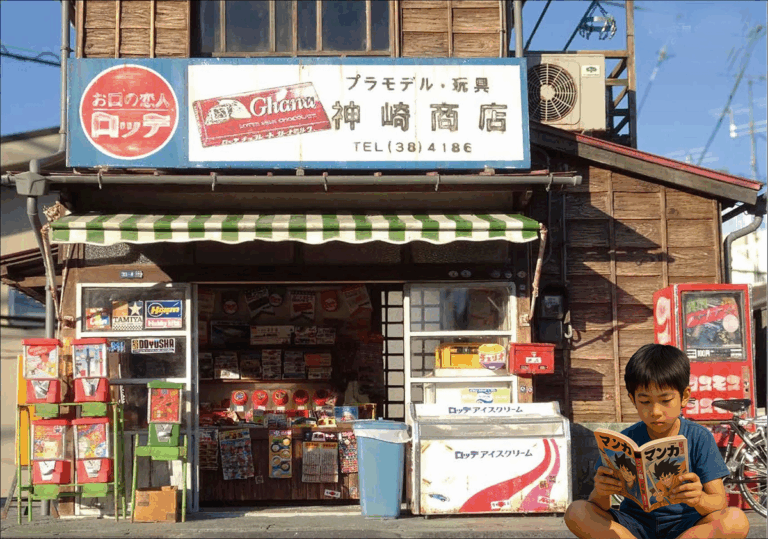The True Story of Hosokawa Gracia: Model for SHŌGUN’s Mariko

In the international drama SHŌGUN, the character Mariko leaves a strong impression on overseas viewers as a symbol of a powerful Japanese woman. But many must have wondered: “Why does she go so far to sacrifice herself?” That very question points to the value of understanding the life of Hosokawa Gracia, the historical figure who inspired Mariko.
Surviving the Sengoku Era as the Daughter of a “Traitor”
Hosokawa Gracia, born as Tama, was the daughter of Akechi Mitsuhide. She married into the Hosokawa family before her father rebelled against Oda Nobunaga in the pivotal Honnō-ji Incident of Sengoku history. After the incident, she was suddenly branded as “the child of a traitor” and lost her place even within her own marital family.
She was forced to live in near confinement in Kyoto, continually subjected to her husband Tadaoki’s cold gaze and society’s scorn. She had no choice, burdened with the weight of her father’s crime — this was the harsh reality many women faced in the Sengoku era.
Finding Salvation in Faith and Risking Her Life to Defend Her Family
In her loneliness, she found solace in Christianity and took the name Gracia after baptism.
In 1600, when Ishida Mitsunari tried to secure the Hosokawa clan’s loyalty by taking Gracia hostage, she realized: “If I am captured, it will be seen as proof that the Hosokawa side supports Ishida…”

To prevent this, she adhered to the Christian teaching that suicide was a sin and ordered her retainer to end her life, having him set fire to their residence in a desperate act. This decision likely reflects the Japanese value of the time, where one’s actions directly affected the family’s survival and honor. Through her own death, Gracia protected her family’s pride.
A Form of “Pride” Difficult for the West to Grasp
In Western cultures, heroines who place the highest value on their own lives and freedom are often celebrated. But in Sengoku-era Japan, the worth of the “house” far outweighed the individual.
It is only natural that modern viewers, applying today’s values, might wonder: “Why go to such extremes?” when seeing Mariko’s self-sacrificial actions in SHŌGUN. Yet it is precisely in this question that Gracia’s strength emerges.
She acted not only to protect her own dignity, knowing that if captured, she could face humiliation or be used as a bargaining tool, but also to prevent any disgrace such circumstances might bring upon the Hosokawa family. Her choice still challenges us today to think about whether we can act not just for ourselves, but for something greater that we hold dear.
💡 Column: The Sengoku Bloodline Lives On
Through a child born to one of Tadaoki’s concubines, the bloodline of Hosokawa Gracia continued for over 400 years, leading to Morihiro Hosokawa, who became Japan’s Prime Minister in 1993. That the decision of a woman who lived and fought to protect her family in the Sengoku period could echo into modern Japanese politics shows just how fascinating history’s threads can be.
[LINK: https://en.wikipedia.org/wiki/Morihiro_Hosokawa]
Hosokawa Gracia Embodied the True Spirit of Yamato Nadeshiko
Hosokawa Gracia’s life might seem different from today’s commonly held ideal of “Yamato Nadeshiko.” However, her core strength was not about simply enduring hardships. She thought deeply, struggled, and chose her own path to protect her pride. Her story shows that true strength takes many forms, transcending time and cultural boundaries.

Editor and writer from Japan. Not the best at English, but I share real stories with heart and honesty — aiming to connect cultures and ideas that matter.

